So, the first rule in slaughtering animals nicely is to slaughter animals nicely on a regular basis. Simply build the habit. Humility helps the slaughterman acknowledge his propensity for mistakes. “Only them as shoots ‘em can miss ‘em,” to adapt an old Yorkshire maxim.
The old Slaughterman’s Creed, formerly emblazoned on the walls of small slaughterhouses, sums it up nicely:
Thine is the task of blood.
Discharge thy task with mercy.
Let thy victim feel no pain.
Let sudden blow bring death;
Such death as thou thyself wouldst ask.
Competency in the virtue of culling starts with understanding the animal’s nature and handling it accordingly. Each creature has a nature defined by how it acts, and each species is different. Ergo, the killing method must be tailored to each animal.
If pride doesn’t lead to unnecessary risks, then slaughter mishaps originate with a misunderstanding of the animal’s nature. The most common misunderstanding is to overestimate the creature’s humanity. This causes us to do silly things like attempt to separate the animal to be killed from the herd or flock in order to conceal the slaughter.

It is unnatural for a herding or flocking animal to be separated from the group. This causes immediate panic not only to the pig or sheep being separated, but also vociferous objections from the entire flock (or sounder in the case of the pig). By nature, these animals do not fear death as immediately as they fear separation. (For proof, watch how herding animals will move towards a predator on their way to rejoin the herd.) The herd and its strict hegemony provides the tranquility of order for each individual. When an animal is removed from this order, peace is lost.
Contrary to our human perception, animals do not lose peace when they witness death. It is therefore proper to shoot a pig who is shoulder-to-shoulder with its mates. The other pigs might jump at the rifle report, but they will return to the ordinary itinerary of the sounder casually dodging the death throes of the victim as they clamor to consume its blood. They will then vie to fill the slot in the hegemony that has just been vacated.
With poultry, the calculus is the same. Chasing, catching, and separating a chicken or duck from the flock to kill it away from the others will cause far more stress than calmly caging many birds and transporting the flock to the killing cones. With the integrity of the group maintained up until the final few feet from the cage to the cone, you may be surprised at how still the birds are. They do not object to the site of the other birds exsanguinating in the killing cones.

Anyone who has tried to chase a rogue chicken can confirm that an errant individual is a panicked individual. In addition to maintaining the integrity of the group, removing the possibility of flight is elemental to the virtue of harvesting nicely. This too is based on a clear-headed knowledge of the nature of the victim as prey.
Prey animals have one response to being hunted: They flee. Unless they are maternal enough or big enough to fight back, they do not have a “plan B.” For the slaughterman, this means that depriving the animal of the ability to engage in flight will keep the peace. With poultry, sheep, and goats, if you control the body to this end, then you control the mind.
This pre-slaughter handling or livestock jujitsu is unique for each species but amounts to the same goal of preventing flight. In the end, we must lay hands on the sheep, goat, or bird for slaughter. The key is to close that distance without triggering a flight response.
With goats and sheep, this means avoiding the chase. Herd them into a corral instead. Kindly remain on the edge of their flight distance and never run. Advance only diagonally and never directly. Reward them when they go in the direction you desire by stopping your advance. If they stop to nibble occasionally, then you know you have not excited flight. This exact technique for herding works with poultry as well. Herding animals scatter when we punish their cooperation by getting excited and pushing them harder.

Once corralled or stabled, sheep and goats find themselves benevolently restrained from sprinting. But even in this smaller space, the slaughterman must not give rise to flight. Enter the corral slowly, advancing in a zigzag pattern to keep them in the opposite corner. As you get closer, check their indication of going left or right by raising your right or left hand accordingly. Your only quick movements will be one step to the left or to the right; closing the distance will be slow. In this way, you will find yourself within arm’s reach of their back legs without breaking into a trot, much less a sprint.
If, in your effort to grab a leg, you miss or lose your grip, it is possible even at this point to excite flight. Tranquility is maintained by a firm grasp of the victim. In fact, the panic of the victim is the effect of its ability to escape your hold, not the cause. If, on the other hand, you hold the sheep or goat in a way that absolutely denies escape, then calmness is retained.
The final step in denying flight to the four-legged is to remove their feet from the earth. Using your grip on the leg to draw the sheep to you, straddle the sheep and grasp the jaw, pulling upward so the sheep’s head is against your stomach as it looks straight up. With this grip, you can move to the other end of the corral if need be. You may find it easier going if you lift the front legs off the ground by cradling the brisket with your free hand.
Having never been panicked by the chase, it is possible to use only the knife to kill a sheep or a goat. Keeping a stout hold under the sheep’s head, backstep off the sheep so that you are standing firmly beside it. As you back step, move your hand that was under the brisket back to where the hind leg joins the body. Grip the thin flap of hide you find there, also known as the flank.
In one motion, walk the sheep backwards, gently but firmly bearing downward on the rear as you lift the head and shoulder. Keep your body connected to the sheep as you do this; you may even use your foot to block the sheep’s backstep so that it sits down on its rear. With this motion, you have finally removed all possibility of flight by removing the hooves from the ground and thus guaranteed as calm a victim as it is possible to achieve.
Lay the sheep or goat down on its side. You can keep the sheep there by tipping it slightly so that the legs are off the ground. There is no need to exert downward pressure to keep the sheep there. This tipping prevents the sheep from regaining its feet. Slowly but firmly place the head on the ground at a right angle to the spine with both ears and eyes anchored to the earth. This is the position wherein the kill cut is administered right through the larynx and down to the spine, severing the jugular and carotid arteries. This is the appropriate method for goats as well.
I recommend practicing this caprine jujitsu long before the slaughter day. As you get better at it, you will find that the sheep or goat will stay down on its side in this position even when you stand up. When you have reached this degree of proficiency, you have completely removed the flight response from the harvest and enabled the sheep to offer itself without a struggle – as much as its nature allows.
This same principle of restraint applies to poultry. Removing the possibility of flight from a chicken means holding it by its feet. Being running birds (like turkeys), restraint of the feet is restraint indeed. This is why chickens hang upside down tranquilly. If they begin to flap and do something like a stomach crunch, gently press them down by the breastbone, and they will return to calmness the moment they are upside down again. The transfer to the killing cone only continues this salutary restraint by pinning the wings in a relaxed position. The more decisively the wings and the feet are restrained, the more peaceful the bird will be.

With ducks and geese, it is more important to keep the wings folded against the body. They do not rely on their legs to escape predators for obvious reasons. Their calmness therefore is a direct result of the immobility of their wings. Grasping them with both hands across the back, pinning their wings, or even holding them by their wings right against the body (holding them further out will inevitably sprang or break a wing) will achieve the same effect. If a wing can slip out and begin to flap, the bird begins to panic.
You can see how, in each case, the mentality of the victim follows upon the actions of its body. Lacking the powers of intellect and will that we possess, caprines and poultry do not conceive a course of action in their mind and then freely choose to act upon it. Rather, they respond to sense stimulation with a bodily reaction. Thus, controlling the body is to control the entire animal absolutely.
As a side note, it is precisely our inability to restrain the body of a pig that makes the rifle the necessary tool of slaughter. Harvesting a pig according to its unique nature, however, will have to be postponed to another article.
For visual demonstrations and explanations of the virtue of culling, you can find over fifty films archived in the Meatsmith Membership on farmsteadmeatsmith.com. To begin building the habit, visit the same website to sign up for my hands-on classes. The goal of these resources is to equip you to humbly harvest animals out of gratitude and with due regard to their nature.
Citations
Slaughterman’s Creed, Haslingden Old And New, Blog Thursday, 23 January 2014 by Bryan Yorke. https://haslingdens.blogspot.com/2014/01/haslingdens-meat-trade-industry.html
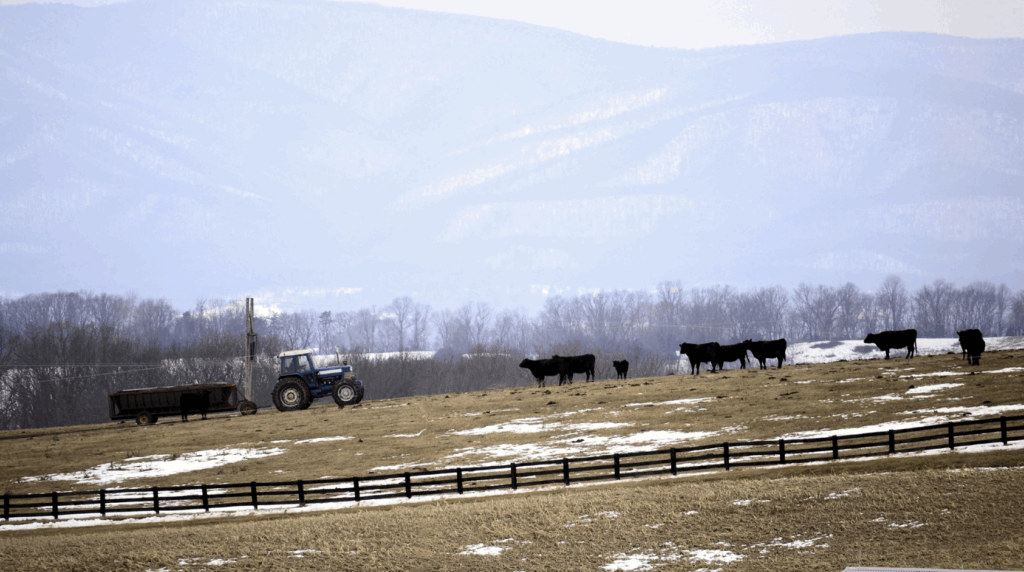
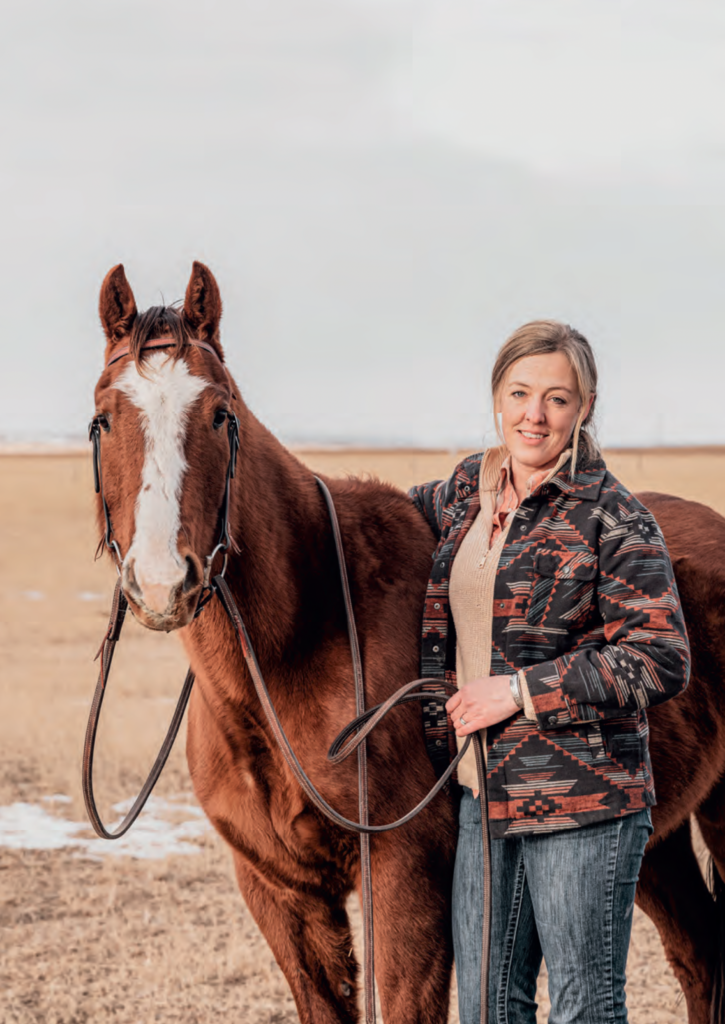
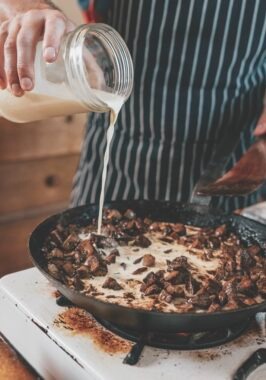
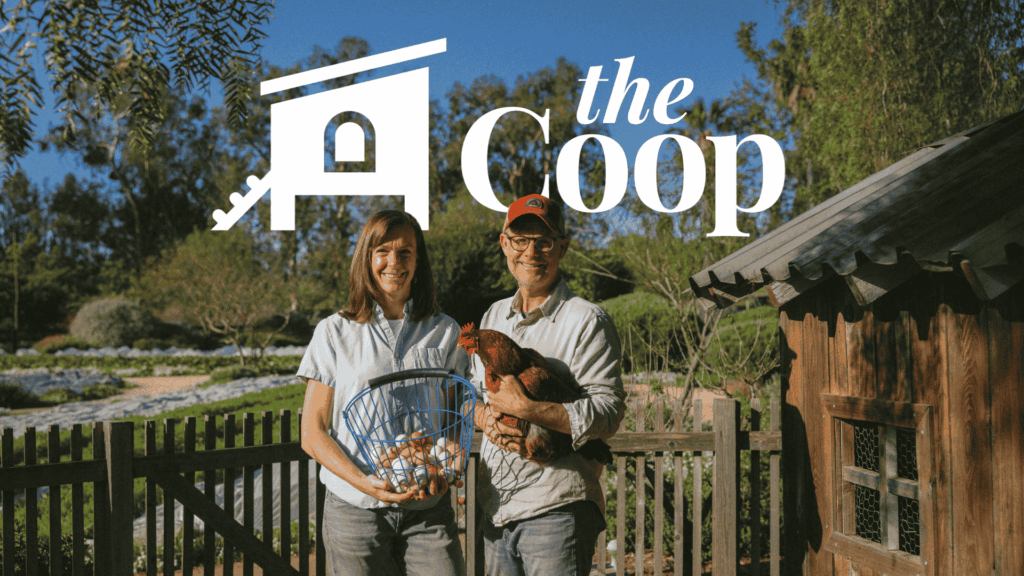


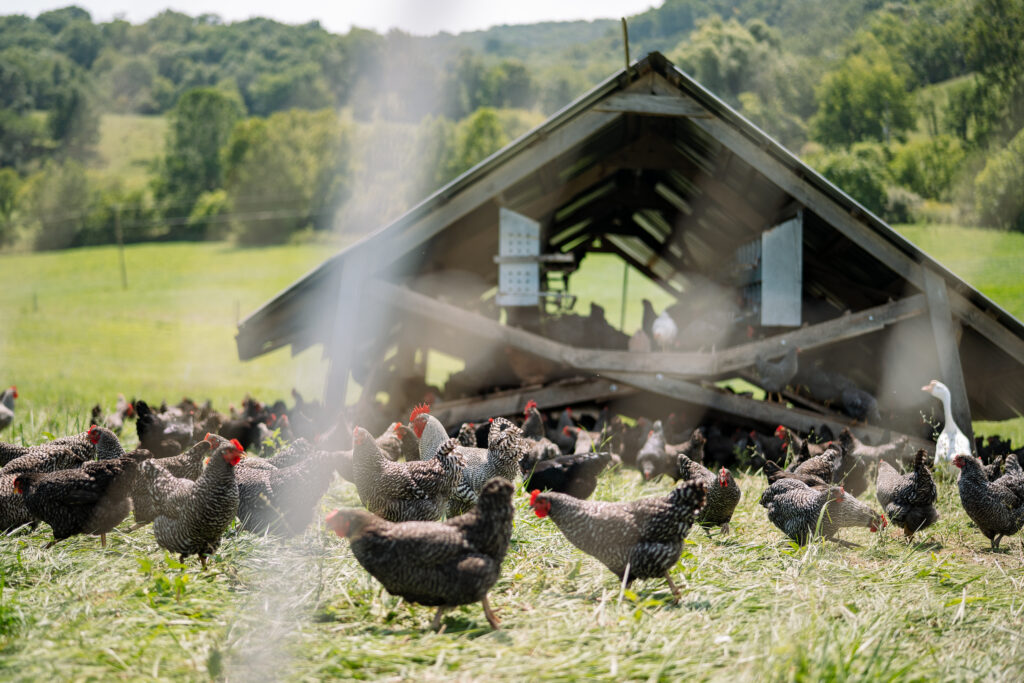
Leave a Reply